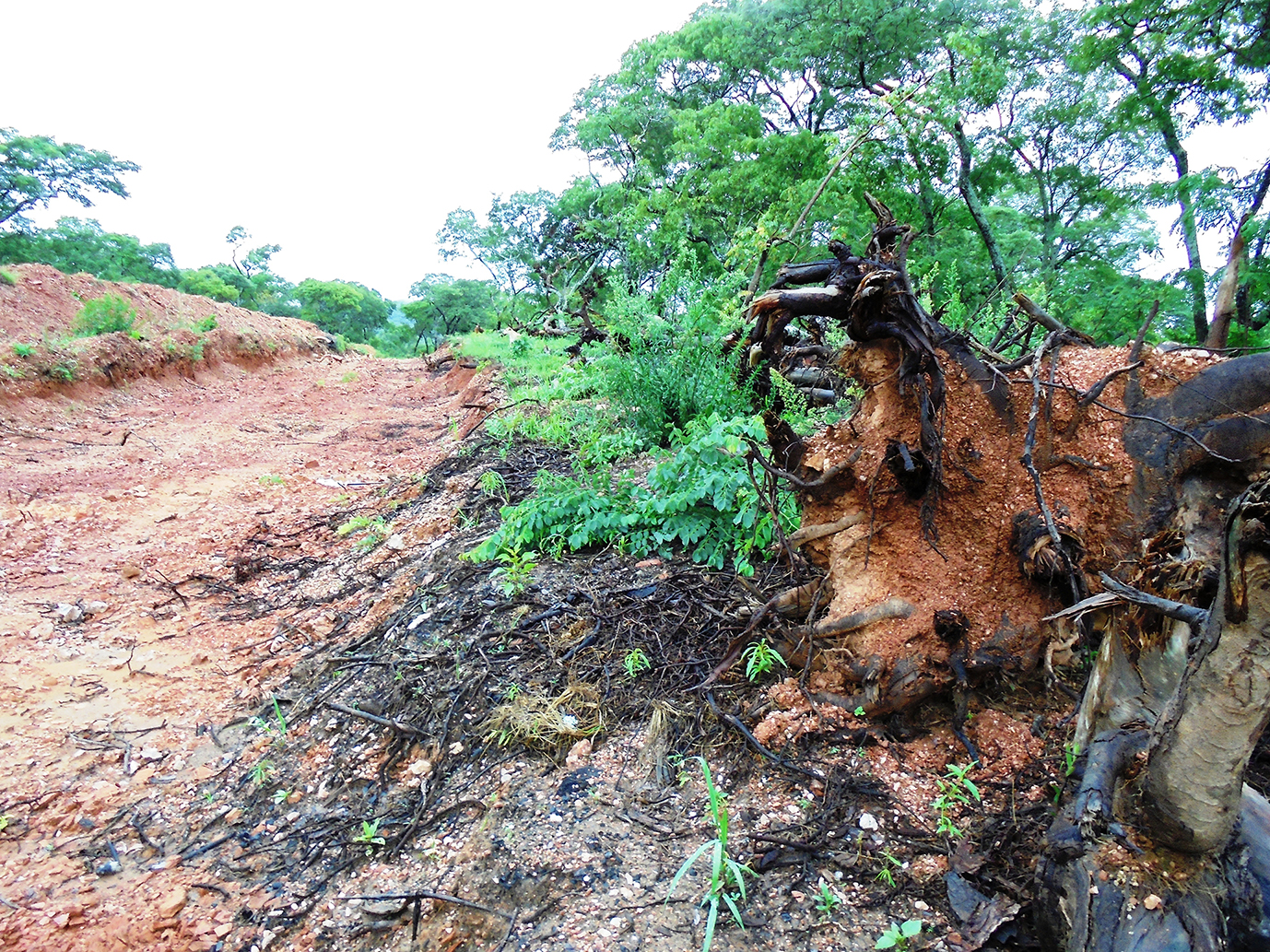Healing journeys
The rise of wellness tourism
Would you rather practice Kemetic yoga in Egypt with the pyramids as your backdrop or would you rather practice yoga on the beach in Lamu, Kenya? Would you rather go on a vegan food tour of India’s Golden Triangle (Delhi, Agra and Jaipur) or a Napa Valley vacation that includes healthy cooking classes and a consultation with a nutritionist? How about a tour of the Western Cape Winelands in South Africa including spa treatments, exercise programmes and meal plans created by experts? These are the kinds of questions travelers are asking themselves more and more. In these scenarios travelers aren’t only interested in tourist sites; they’re considering how their travels can enhance their health and wellbeing.
The Global Wellness Institute (GWI) distinguishes between two types of wellness travellers. Primary wellness travellers are ones whose trip or destination is mainly motivated by wellness. Secondary wellness travellers seek to maintain wellness or participate in wellness activities on their trips but this is not their primary motivation for travel. These two types of travellers have been steadily increasing and wellness travel is one of the fastest growing segments of the travel industry.
The wellness tourism industry was valued at $639 billion in 2017 and projected to grow to $919 billion in 2022. Even as coronavirus has devastated the travel industry, it will ultimately help fuel wellness travel. If there’s one thing the coronavirus pandemic has reminded people of, it’s to safeguard their health and wellbeing. And as the travel industry begins its slow recovery, wellness is predicted to continue being a major trend in travel. (And while people travel far and wide in pursuit of wellness, there has also been a noted increase in wellness staycations, i.e., domestic wellness tourism.)
Immunity booster holidays, complete with specialised meals, exercise programmes and wellness advisers, are becoming more popular. So too are holidays designed to address stress and anxiety, much of it brought on by the coronavirus. These holidays can include meditation classes, yoga, mindfulness training, spa treatments, musical therapy and sessions with in-house counsellors.
Wellness travel won’t be exclusively for when you have time off work. As remote working for extended periods becomes more normalised, some people are travelling to more scenic locations with lower coronavirus numbers. They can keep up with their work and incorporate wellness activities into their stay. The options available for those seeking to combine wellness and travel are many, far too many to list.

What about Africa?
Some of the top destinations for wellness travel include Costa Rica, Indonesia, Mexico, Italy, Thailand, Switzerland, France and the United States. Africa records fewer inbound and domestic wellness trips than other continents. For instance, according to a report by GWI, there were 7 million such trips in sub-Saharan Africa in 2017 compared with 292 million such trips in Europe in the same year. However, wellness tourism is growing in Africa and more African countries are making efforts to promote this form of tourism.
Top destinations for wellness travel in Africa include South Africa, Mauritius, Morocco, Tunisia, Namibia, Kenya, Tanzania and the Seychelles. Wellness tourism in Africa tends to be focused on spa treatments. For instance, beach holidays or safaris combined with specialist spa treatments promising to promote holistic wellness. The latter has spawned the hybrid term ‘spafari.’ Many spa treatments incorporate local ingredients, making the experience all the more unique to the particular country or region. This appeals to travellers more than generic treatments they can easily find at home. There are also a number of African countries looking to capitalise on their thermal or hot springs to attract visitors, which are believed to improve circulation, promote relaxation and reduce stress, among other things.
It is also increasingly common to incorporate yoga into safaris and other wilderness experiences. Even Zambia has gotten in on the action with some safari operators including yoga and other wellness activities as part of their offerings.
South Africa is regarded as the continent’s leading wellness destination. It has well-developed tourist infrastructure and a thriving wellness industry. Whether you seek a wellness retreat by the beach, in the wilderness, tucked in the mountains, in the middle of the city or in the Western Cape Winelands, there will likely be a South African facility that can deliver.
Further afield in Morocco and Tunisia, wellness tourism has been growing at an impressive pace. A major attraction for travellers is the traditional steam baths or hammams. Hammams are popular among Moroccans and Tunisians regardless of class and they have developed their own unique treatments using local ingredients. Additionally, Tunisia is the world’s second most popular destination for thalassotherapy (therapy using seawater, seaweed, algae, marine mud etc.) and visitors are also attracted by the country’s thermal springs.
Kenya and Tanzania, known for their wildlife, have an increasing number of yoga safari retreats. You not only get to experience some of the richest wildlife areas in Africa but get to do yoga in the wild with some of the two countries’ best yoga instructors, as well as experience guided meditation. You can do yoga anywhere but a yoga retreat in the Serengeti or Maasai Mara would certainly be an unforgettable experience. Beach yoga retreats are also becoming common. For instance, Lamu Island in Kenya has a number of offerings for those who want a yoga and meditation-centred getaway and the island hosts an annual yoga festival.
Wellness tourism could offer enormous economic benefits. This is partly because wellness travelers tend to spend more than other travelers. However, it’s important to craft experiences and products that stand out among the competition. Other markets have been specializing in wellness for much longer and African countries won’t attract a higher share of these travelers without focused, unique strategies.
Wellness travel is one of the fastest growing segments of the travel industry. There is an increasing desire from travelers for trips that are not only about ticking off tourist sites from a list but also revitalizing the traveler and adding to their overall wellbeing. African countries receive the lowest share of wellness travelers but they’re starting to pay attention to this niche sector of the travel industry.



